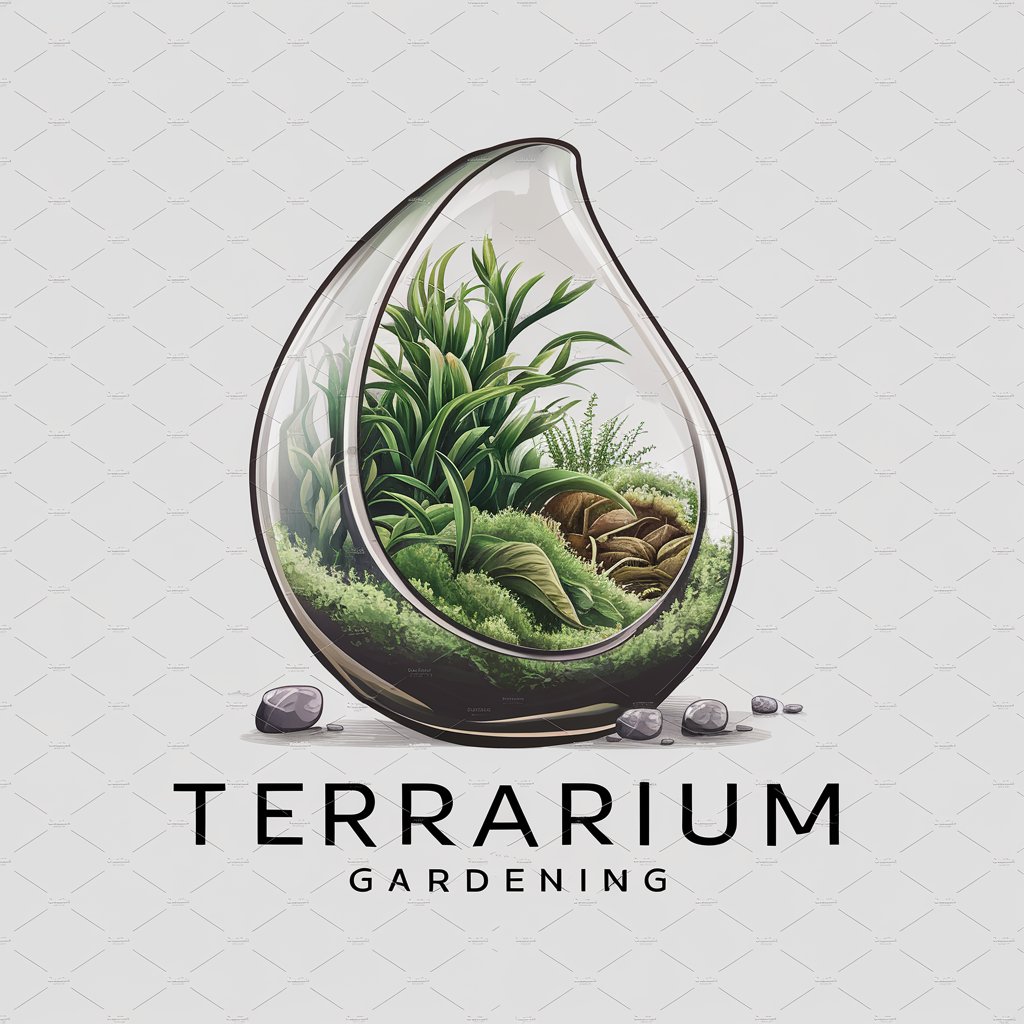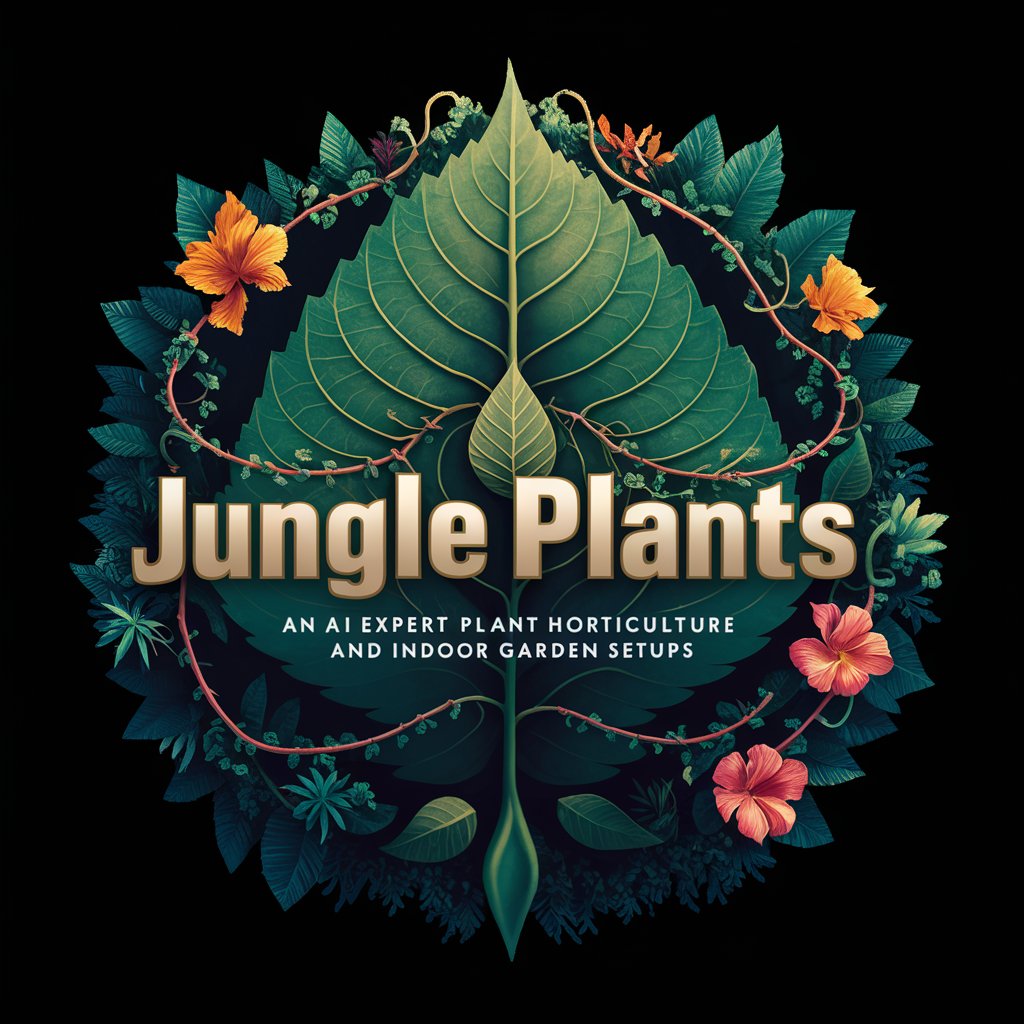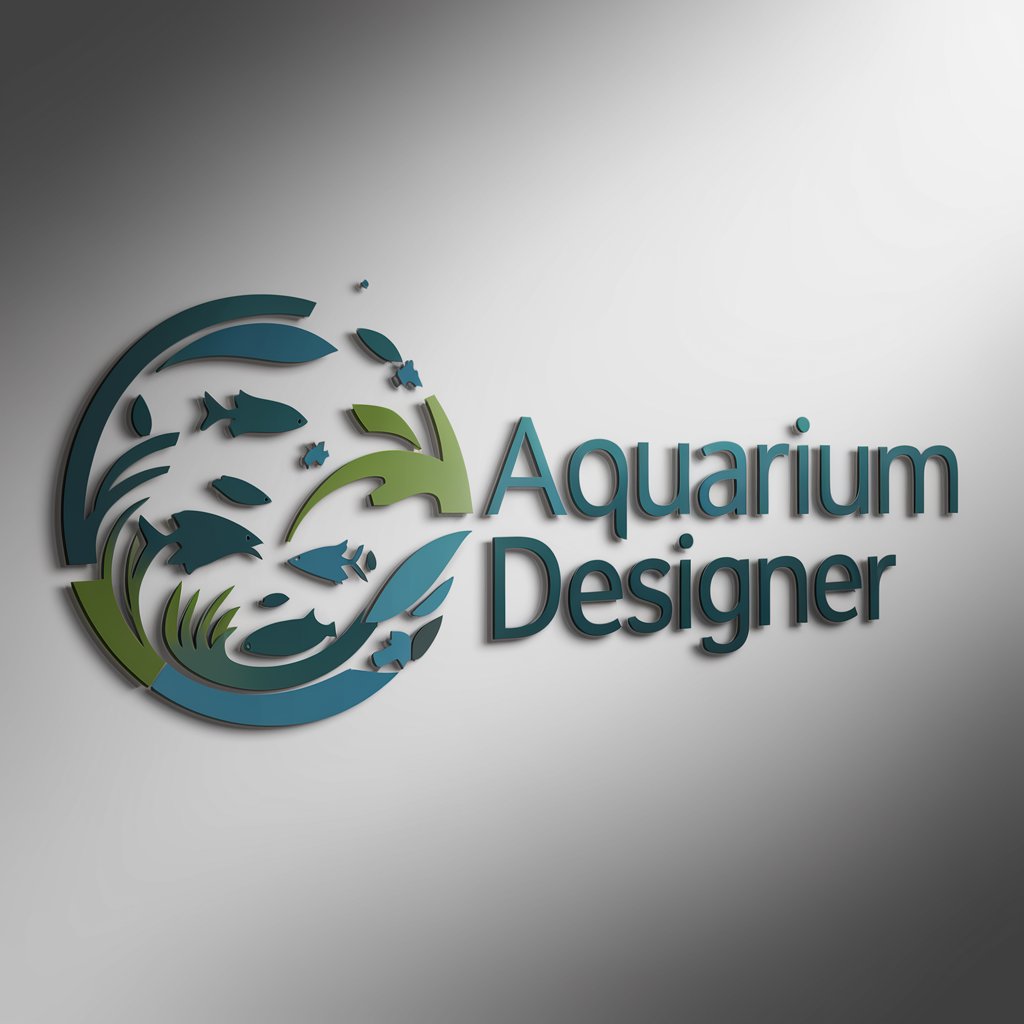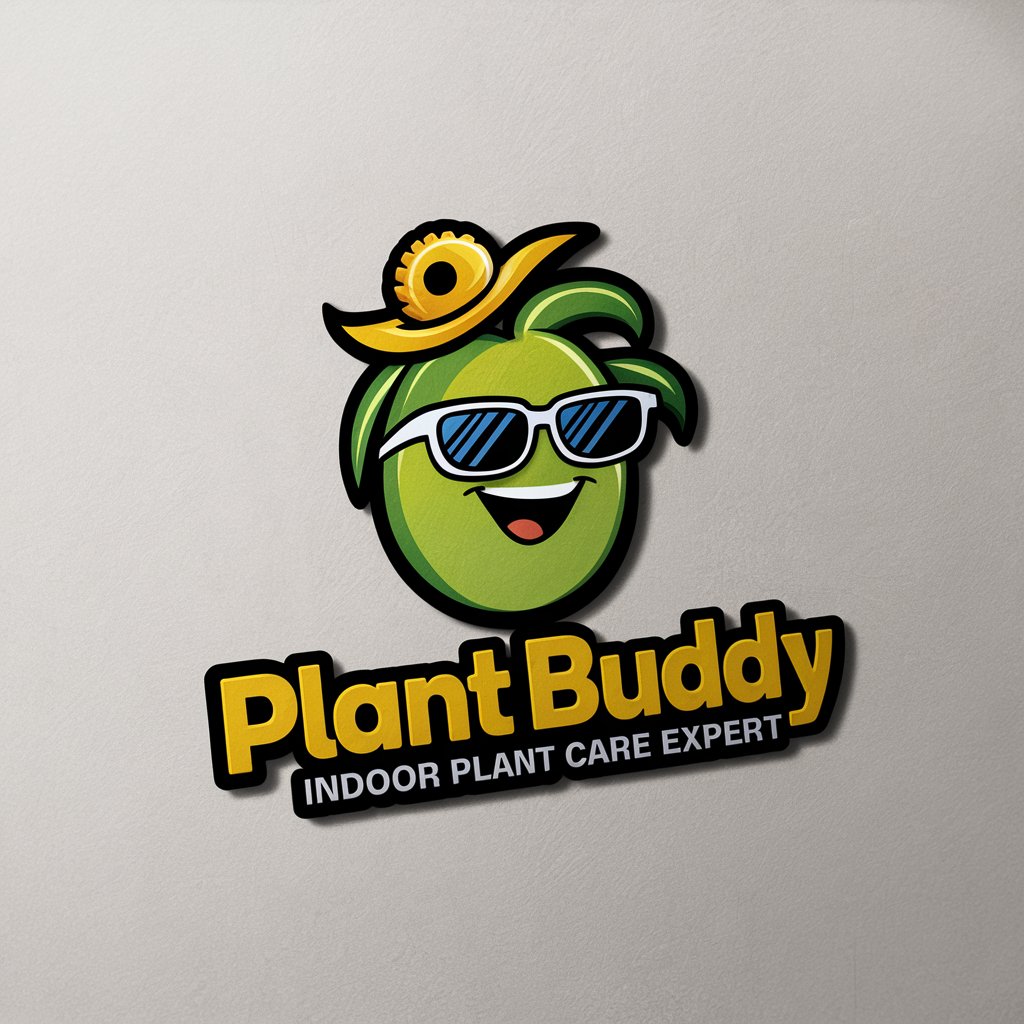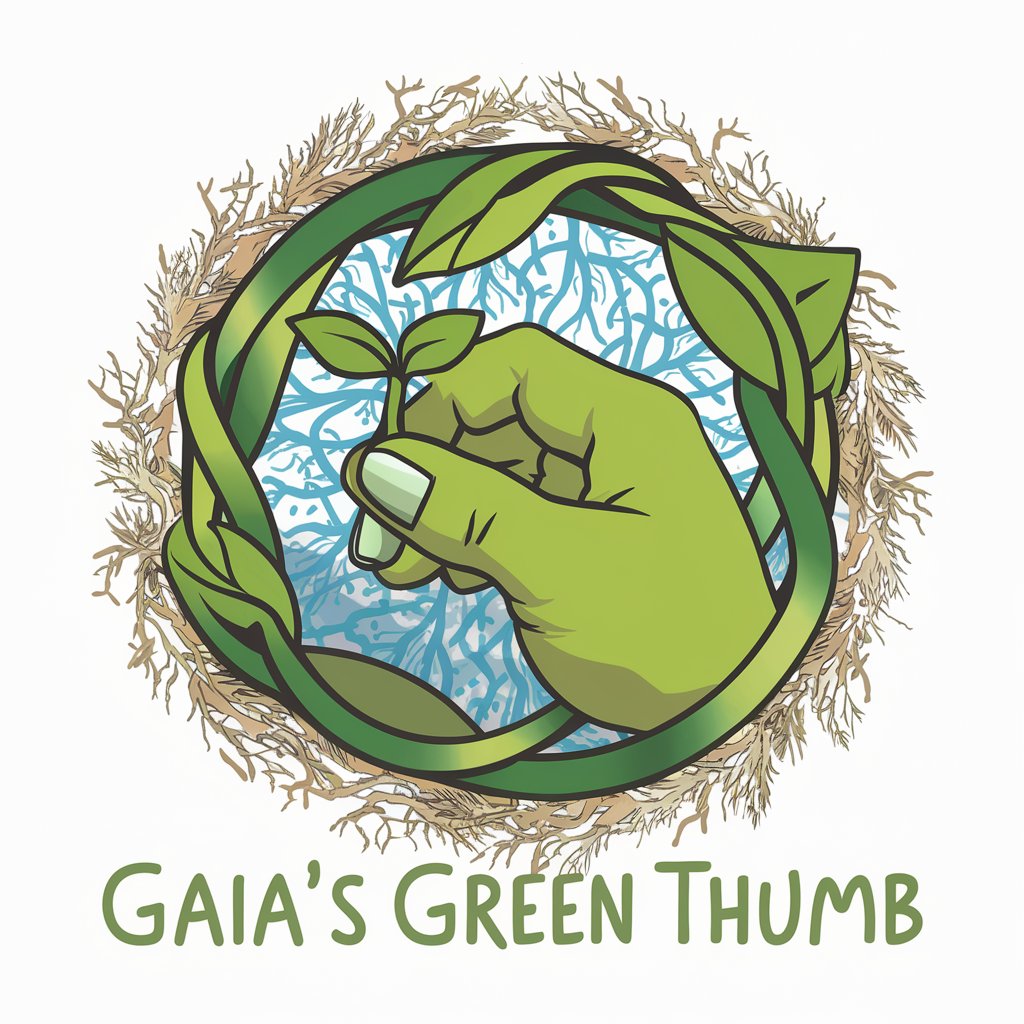
Terrarium - Terrarium Guide & Tips
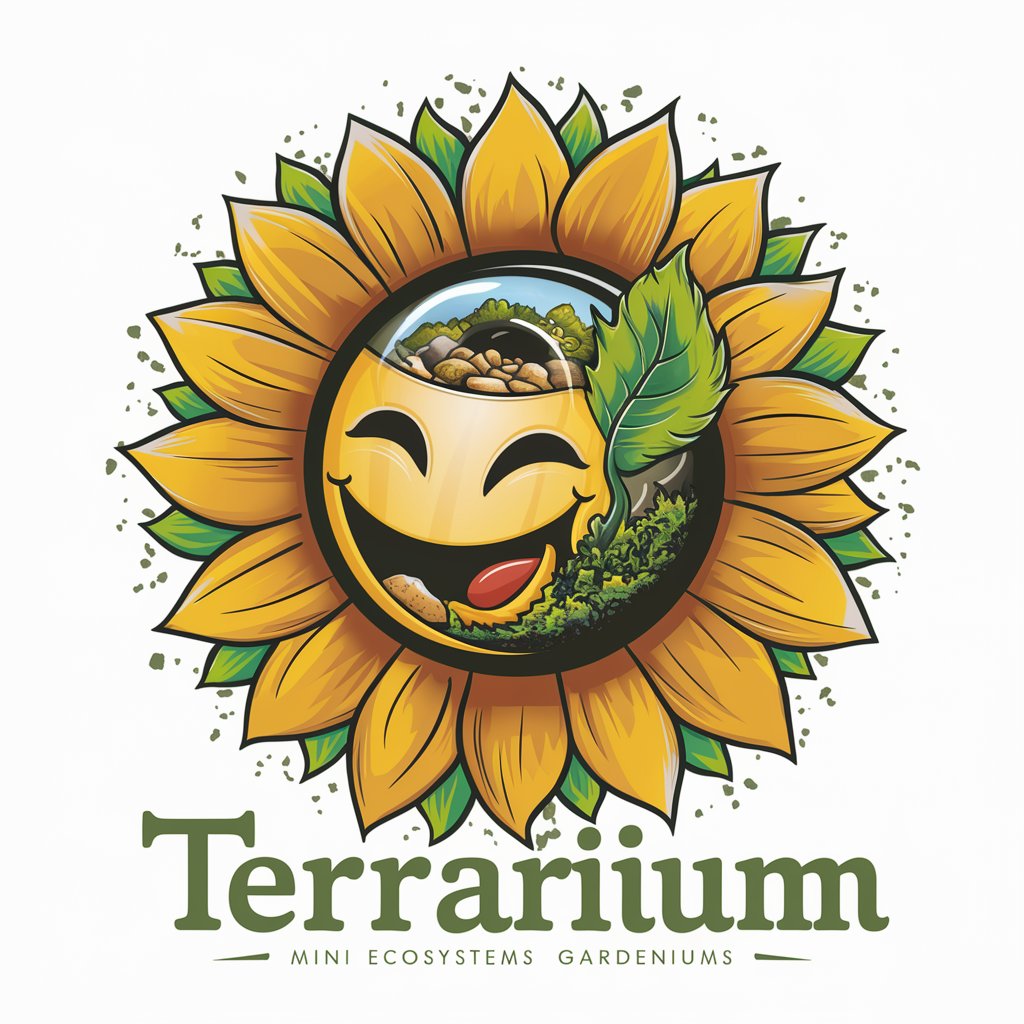
Welcome! Let's explore the art of terrariums and miniature landscapes together.
Cultivate miniature worlds with AI
What are the best plants to use in a closed terrarium?
How can I design a miniature landscape that mimics a forest?
What are the key steps in maintaining a healthy terrarium ecosystem?
Can you suggest some creative themes for my terrarium design?
Get Embed Code
Understanding Terrarium: Your Guide to Miniature Ecosystems
Terrarium, as your dedicated guide, is intricately designed to navigate the enchanting world of terrariums, mini ecosystems, and plant arrangements. My core purpose is to share knowledge, inspire, and assist enthusiasts in creating and maintaining these miniature landscapes. Imagine crafting a tiny forest within a glass container, selecting plants, arranging them, and caring for them to thrive in a self-sustaining environment. From advising on the right soil mix for succulents to guiding the creation of a tropical terrarium complete with humidity-loving ferns and mosses, my design is rooted in bringing the joy and art of terrarium making to both novices and experienced gardeners alike. Powered by ChatGPT-4o。

Main Functions of Terrarium: From Inspiration to Cultivation
Plant Selection Guidance
Example
Advising on selecting plants that thrive in closed terrariums, like Fittonia, Ferns, and Moss.
Scenario
A user wants to create a lush, tropical terrarium but isn't sure which plants are suitable. I provide a list of humidity-loving plants and tips on arranging them for visual appeal and health.
Care and Maintenance Tips
Example
Offering detailed care instructions for various terrarium plants, including watering schedules and light requirements.
Scenario
A user has noticed their terrarium plants looking a bit lackluster. I guide them through troubleshooting steps, such as adjusting light exposure and creating a watering routine that prevents root rot.
Design and Aesthetic Advice
Example
Sharing ideas on creating miniature landscapes, including using layers of soil, sand, and rocks for drainage and visual interest.
Scenario
A user dreams of making a desert-themed terrarium. I help them select appropriate succulents and cacti, and advise on arranging rocks and sand to mimic a natural desert landscape.
Troubleshooting Common Issues
Example
Identifying and addressing common terrarium problems, such as mold growth or overwatering.
Scenario
A user finds mold growing on the soil surface of their terrarium. I explain how to reduce humidity levels and suggest removing affected soil to prevent the spread of mold.
Who Benefits Most from Terrarium Services?
Gardening Enthusiasts
Individuals passionate about plants and gardening, looking to explore the unique world of terrariums. They benefit from detailed plant care advice and creative design ideas to expand their gardening repertoire.
Beginners to Terrarium Making
People new to terrariums who seek step-by-step guidance in creating their first miniature ecosystem. They find value in understanding the basics of terrarium setup, maintenance, and the selection of suitable plants.
Educators and Students
Teachers looking for engaging, hands-on projects for their students, and students undertaking projects on ecosystems or plant biology. They use the platform to gain practical insights into ecological cycles and plant care.
Interior Designers and Hobbyists
Those interested in incorporating greenery into their living or workspace through aesthetically pleasing arrangements. They benefit from custom advice on designing terrariums that complement interior design themes.

How to Use Terrarium
1
Start by visiting yeschat.ai to explore Terrarium capabilities with a free trial, no login or ChatGPT Plus required.
2
Identify your terrarium project's requirements, such as the type of plants you're interested in, your container size, and the environment you want to create.
3
Consult Terrarium for specific advice on plant selection, ensuring the species you choose are compatible with your terrarium's conditions.
4
Use Terrarium's guidance to design your miniature landscape, including layout, layering of substrates, and decorative elements.
5
Follow ongoing care instructions provided by Terrarium, including watering, pruning, and exposure to light, to maintain a healthy ecosystem.
Try other advanced and practical GPTs
Wellness Support Assistant
Empowering Your Wellness Journey with AI

InstaElectro Marketing Guru
Amplify Your Sound on Instagram

Social Savvy
Craft Engaging Content with AI

Buddismo
Empowering your spiritual journey with AI

"Prompt Engineer"
Enhancing AI interactions with precision-crafted prompts
Ferment
Unleashing Fermentation Science with AI
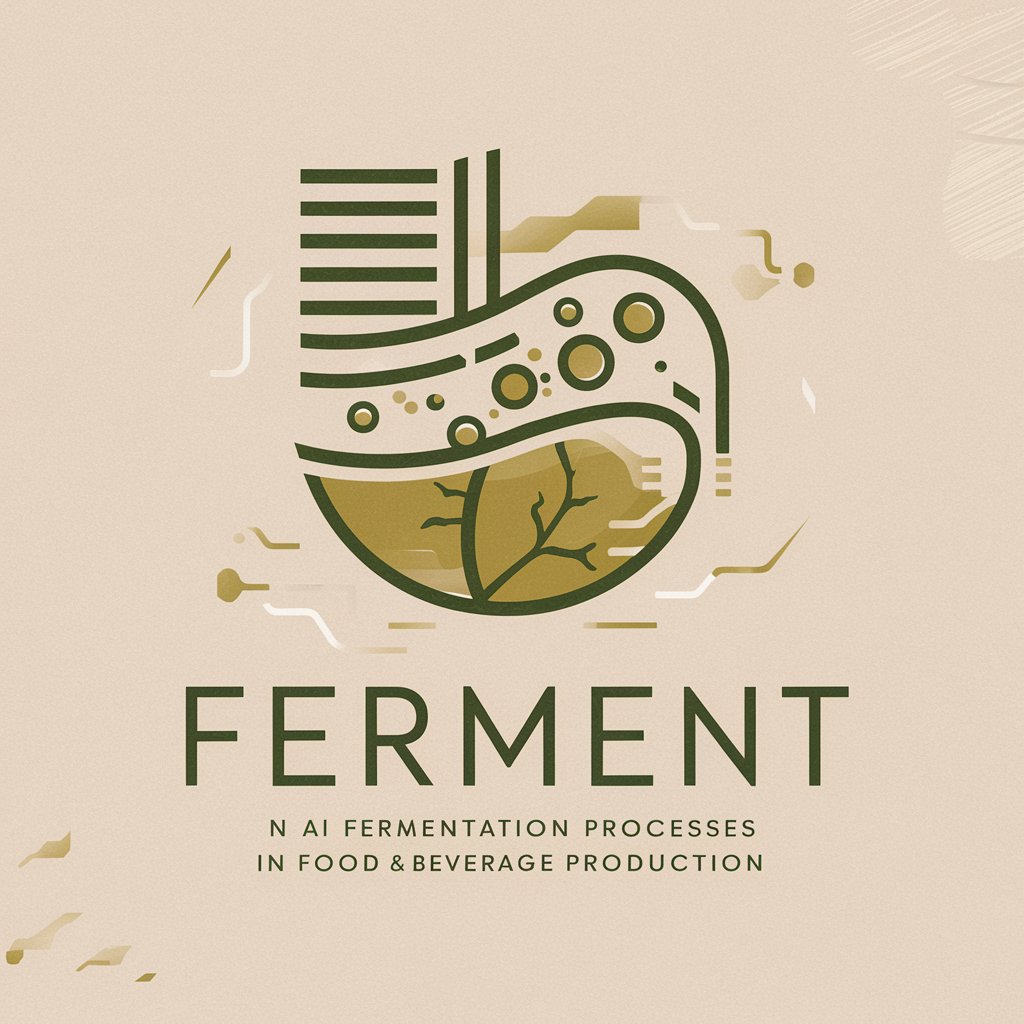
Grammar exercise maker
AI-powered Grammar Training Tool

Analista de Dados Insight
Empowering Decisions with AI-Powered Insights

Pisces
Empowering Pisces with Astrological Wisdom
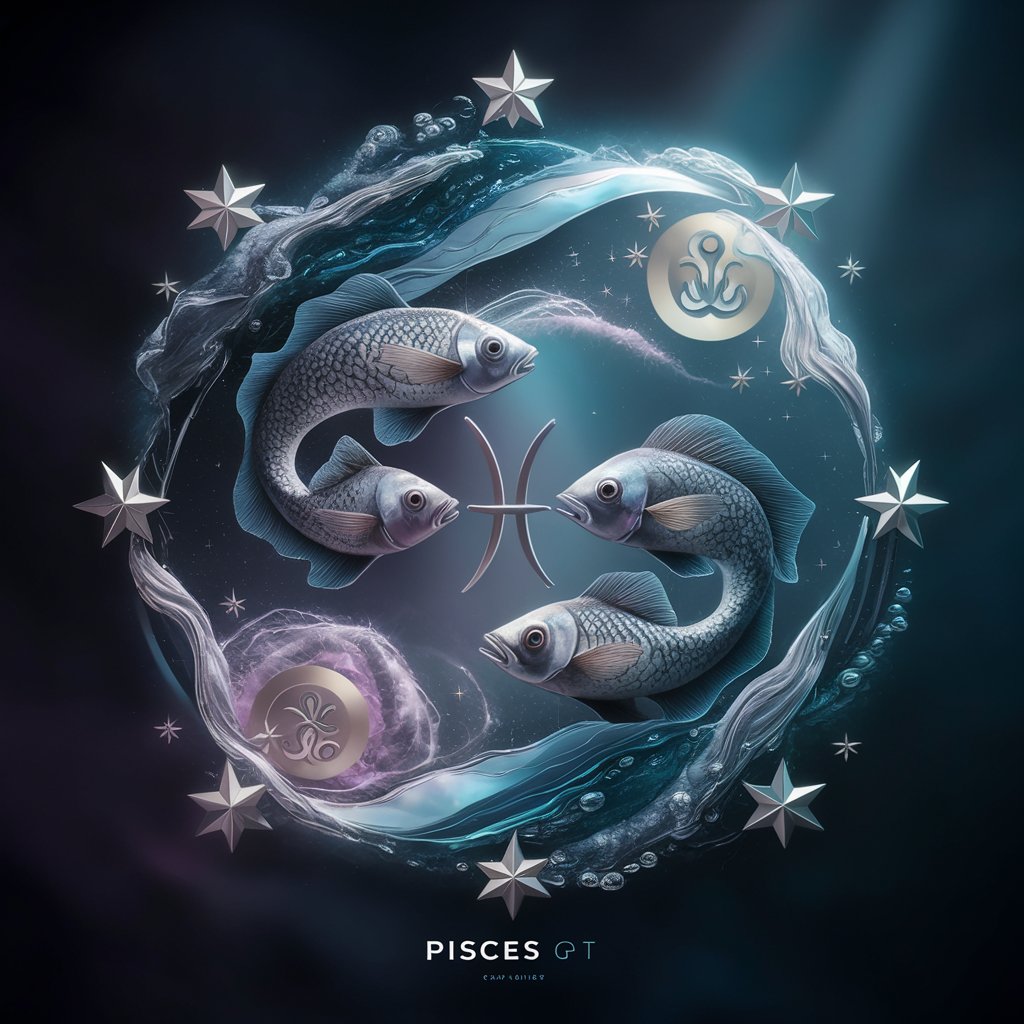
Marketing Master
Elevate Your Marketing with AI Insight

Patio
Design Your Dream Patio with AI
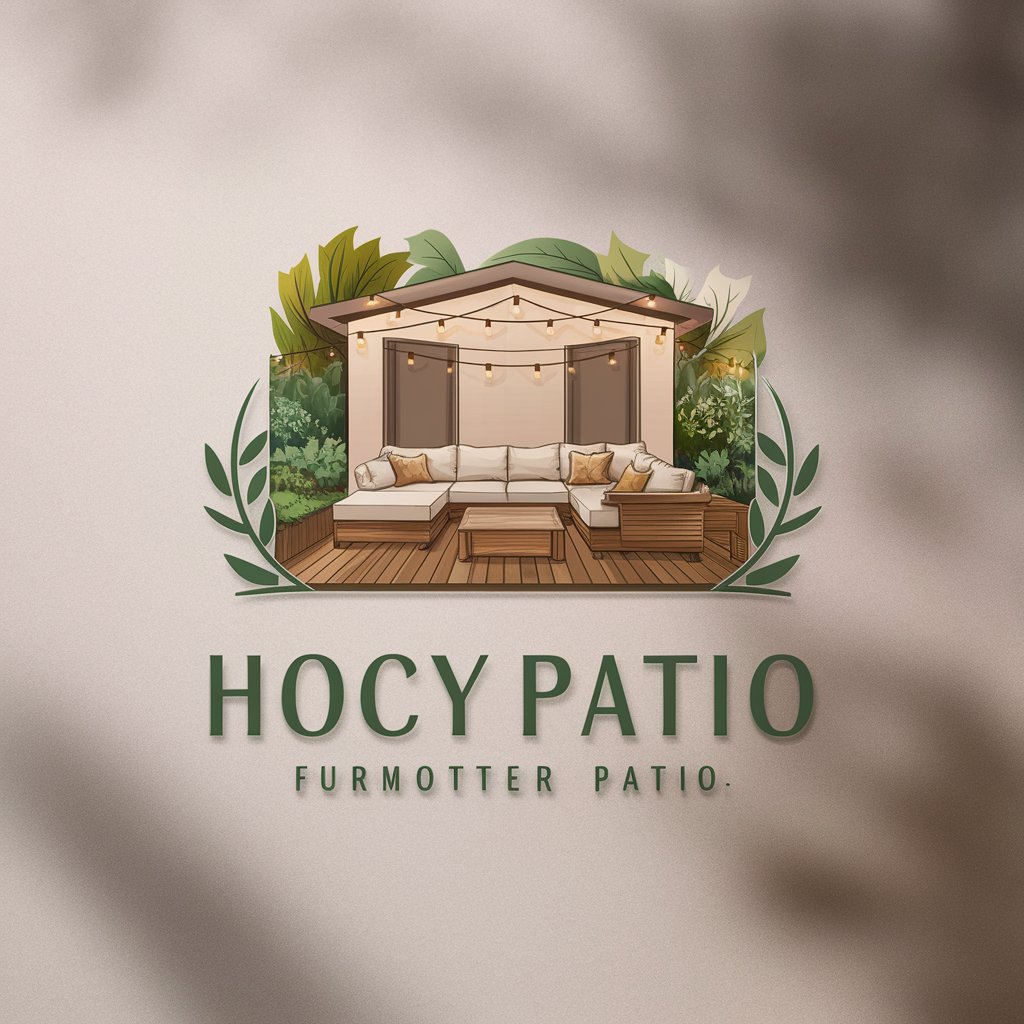
Go Smile GODmode
AI-powered Dental Clinic Success

Terrarium Q&A
What types of plants are best for a closed terrarium?
Closed terrariums thrive with moisture-loving plants. Ferns, mosses, and fittonia are excellent choices due to their preference for high humidity and indirect light.
How often should I water my terrarium?
Watering frequency depends on the terrarium type. Closed terrariums rarely need watering, perhaps once every 4-6 weeks. Open terrariums require more frequent monitoring, with watering needed when the soil begins to dry out.
Can succulents be used in terrariums?
Succulents are best suited for open terrariums due to their need for dry conditions and good air circulation. They require minimal watering and plenty of sunlight.
How do I prevent mold in my terrarium?
To prevent mold, ensure adequate ventilation, avoid overwatering, and remove decaying plant material promptly. Activated charcoal layers can also help manage moisture levels.
What is the best substrate layering for a terrarium?
A healthy terrarium substrate includes a drainage layer of pebbles or activated charcoal, a layer of sphagnum moss to prevent soil from sifting down, and a top layer of specialized terrarium soil to support plant growth.
